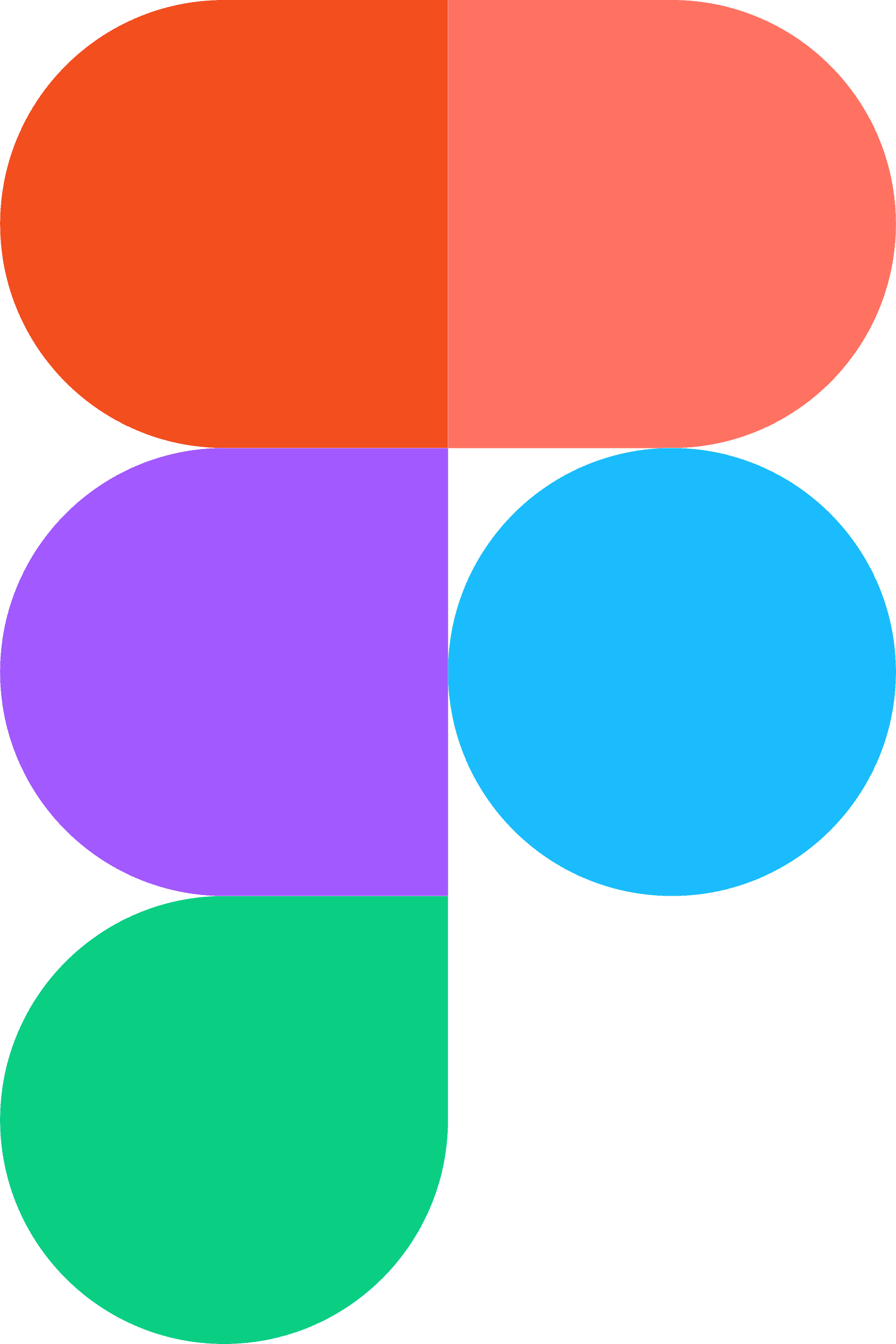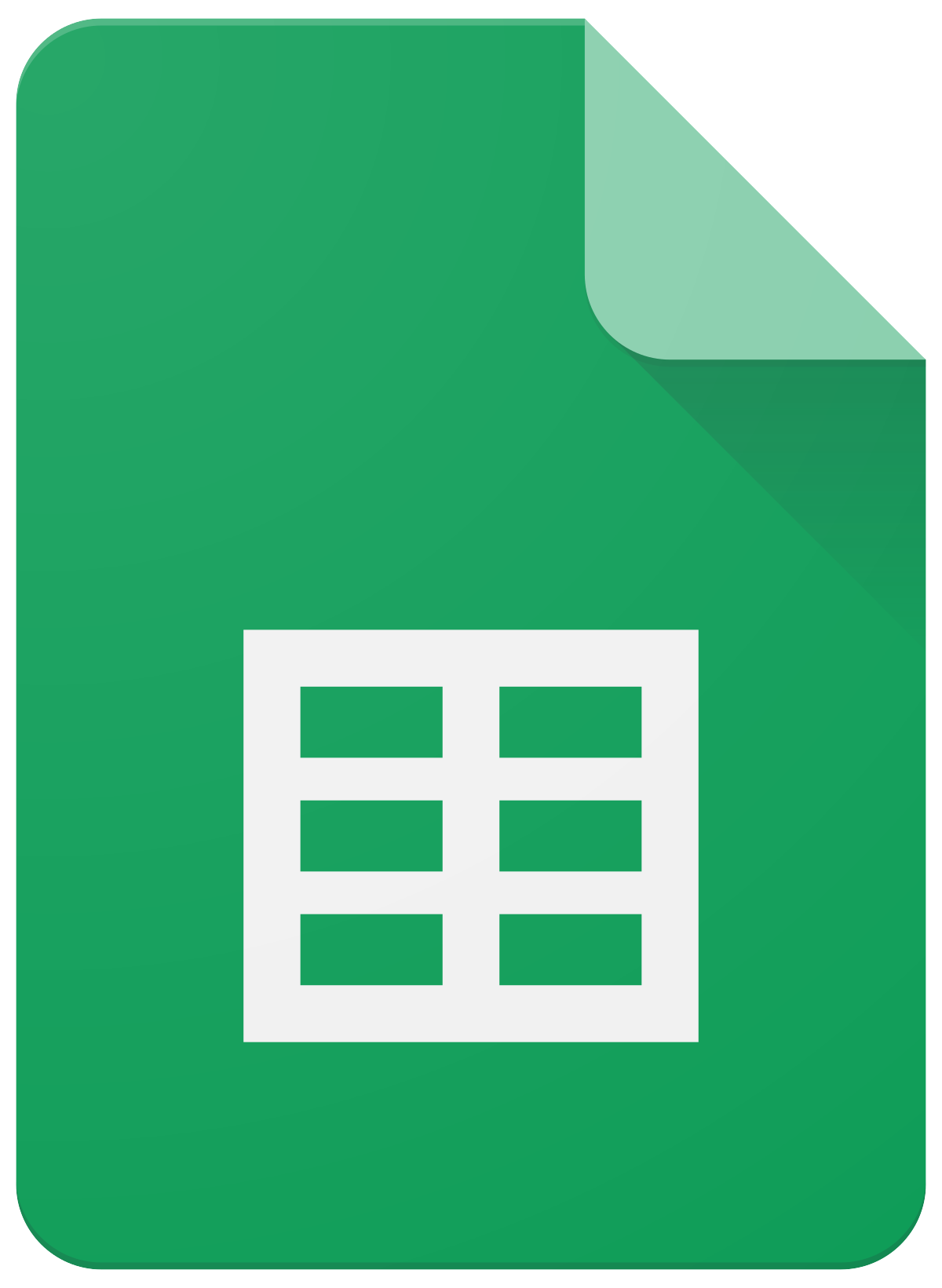Temi - Shopping Assistant
Year
2021
Duration
3 months
Role
Interface design
User Research
Tools Used
Case Study
Project Overview
A collaborative project between Ernst & Young (E&Y) and Humanizing Technologies, this initiative aimed to enhance the in-store retail experience by integrating Temi, an AI-powered service robot, within large hardware retail environments like OBI stores in Germany.
Our goal was to combat the growing shift toward e-commerce by reimagining physical retail through technology-driven customer experiences.
Problem Statement
As online shopping continues to grow, physical retail stores face the challenge of attracting customers back into stores and delivering experiences that surpass online convenience. Existing in-store experiences lacked:
Detailed product information at point of decision
Efficient navigation and product location tools
On-site product comparisons
Objectives
Develop a human-centered service design that integrates Temi into retail environments
Enhance in-store navigation, product discovery, and checkout experience
Deliver a prototype validated by both real users and business stakeholders
Design process
To understand the shopping experience at the most fundamental level and spot opportunities for Temi to improve the customer experience, we implemented the human-centered design process.
Research & Discovery
Stakeholder Interviews
Collaborated closely with E&Y to align business goals with user experience design.
Gained valuable insights into operational needs and retail technology adoption challenges.
User Research
We conducted qualitative research in OBI Markt, Germany, focusing on two primary user groups:
International students (younger demographic, frequent home improvement buyers)
Local homeowners (older demographic, experienced DIY shoppers)
Methods Used
Contextual inquiries (in-store observations)
Semi-structured interviews
Task analysis of shopping journeys
Key Insights
Customers struggled with finding products efficiently
Lack of technical product details hindered confident purchase decisions
Absence of product comparison tools negatively impacted shopping satisfaction
Ideation & Concept Development
Temi would act as a personalized in-store assistant — helping users navigate, access detailed product info, compare products, and facilitate checkout.
Product Information
For the Lack of information, we decided to add the product details within Temi itself to make sure the users are not missing any important information during purchases.
Navigation
We decided to use Temi to help navigate the users through Directions, giving them the efficient route to find the products added in their basket.
Compare Items
We decided to add the comapre products feature similar to the one found in online shopping, to make the users will be able to find the perfect one.
Stakeholder Feedback
Ernst & Young Feedback
Impressed with the system’s potential to enhance in-store operations and user satisfaction
Concern: Direct routing to a single product might reduce impulse purchases and browsing opportunities — valuable business consideration for future iterations
High-Fidelity Prototype
After validating concepts with stakeholders and refining user flows, I led the creation of a high-fidelity interactive prototype using Figma, focusing on:
Minimalistic UI for quick in-store interactions
Intuitive onboarding process
Accessible product information architecture
Seamless product search and route generation
Embedded voice control and multi-language support (planned for next iteration)
Upload or Create shopping list
You can upload a shopping list from the OBI mobile application or to the people having no application, they will be able to create one straight from Temi.
Shopping List
In this screen, Temi can show the user’s shopping list and after confirming, it will be able to track the aisles and confirm the route.
Map View
Temi will be able to map the entire products in the list, So that the users don’t want to worry about the product location. Also, users will get notified about deals on local products if they walk through one, which will in turn increase the marketing and business value.
Compare Product
Users can now compare products and their specifications, price etc., in-store without having to worry about “Which product would be better?”
Customer Care
The difficulty of finding a helping hands inside a large store is pretty hard. So, now users can call one directly from Temi, or they can notify and call a customer care person in-store directly to them with having to search for one.
Checkout
Users can now directly pay via Temi, rather than having to stand in queue for a long period vis multiple available platforms such as Apple pay, google pay etc.,
Usability Testing
Methodology
Conducted moderated remote usability tests due to COVID restrictions
Implemented Wizard of Oz method to simulate Temi’s functionalities
Test scenario: Plan and shop for a treehouse project using Temi in an OBI store
Session length: 25–45 minutes
Test Goals
Validate task completion rates and ease of navigation
Identify friction points in onboarding, shopping list management, and product comparisons
Key Findings
Positive Feedback
Shopping list feature highly appreciated for efficiency
Route optimization minimized backtracking and confusion
On-device checkout and delivery options seen as valuable time-savers
Areas for Improvement
Onboarding process caused confusion; questions needed simplification
Product comparison lacked seamless swap-to-list functionality
Some UX terminology required better localization and phrasing
To Conclude the user test findings, mostly it was positive with slight hiccups present in some scenarios. The feedback and findings were really helpful in fixating our future steps and progress which we can do to make the concept a reality.
Future Roadmap
To address insights from testing and stakeholder input:
Refine onboarding and product comparison flows
Integrate voice-controlled interactions and multilingual options
Plan in-person usability tests with physical Temi units in operational environments
Explore balancing targeted navigation with curated product discovery to maintain business profitability
Key Learnings
Gained hands-on experience applying service design methodologies to physical retail environments
Successfully conducted remote usability testing with Wizard of Oz simulations
Learned to navigate balancing business goals with user-centered solutions in high-stake enterprise collaborations
Conclusion
This project demonstrated the power of AI-driven service design in transforming physical retail experiences. By combining thorough user research, iterative prototyping, and collaborative stakeholder feedback loops, we delivered a concept that enhanced both customer convenience and operational efficiency for large hardware retail stores.
















